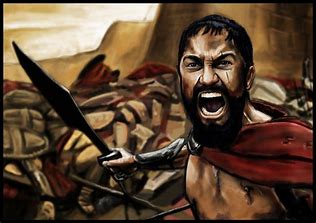What does it take to create a lean, mean project machine? Many have wrestled with this in the past.
How do you get your teams to perform at optimal levels?
SEMPERFI
- Support don’t smother,
- Empower and trust,
- Motivate ,
- Put forth – communicate,
- Energize,
- Release – deliver,
- Fail fast,
- Iterate
Turns out, Marine Seal Teams are stellar examples of the optimal Agile teams but before you start yelling “Oorah!” let’s talk about why.
I’ll admit, I’m not the first to suggest this analogy, many team leaders understand this and have used this approach, however, most companies I have worked with consist of people with less intensity than your typical Navy Seal unit.
As a matter of fact, according to Military.com, only about 6 percent of SEAL applicants meet the requirements needed to qualify.
So how do we motivate the workforce to perform on this elite level without experiencing a 94% dropout rate? OK, probably a bit of an exaggeration when it comes to product owners, project managers, developers and BA’s.
The first step in the drama is to define and create a core, shared Culture for your teams to make them teams and not just groups of people. They must understand how to support and communicate with one another – the “rules of combat”. When teams function consistently and in sync, less thought goes into the “overhead” associated with anticipating a colleague’s actions making the team more efficient.
Since high performing teams require high performing leaders, the commanders of the teams need to be able to Trust, Enable, Activate and Motivate their TEAM. (Just loving those acronyms today!)
Well, there are several core skills and practices we get from our elite protectors to our Agile framework which we can apply. They will enable us to:
- Make Quick, Effective Decisions
- Cooperate
- Adapt
- Predict
- Exploit Successes
- Gain Advantages
- Succeed
The leader’s responsibility on an Agile team is to be the mortar in the stone wall that holds all of the rocks together. They must “fill the cracks” functioning wherever they are needed and support the weak points. They must enable all the cogs to work well and in unison.
The leader needs to be an effective communicator as well promoting communication throughout his team on the field, as well as central control and overall leadership.
Effective leaders should bubble up, and down, the relevant information from their areas (also known as the KPIs in the Agile world). They should provide tactical information (Agile project statistics) and functional information (how the overall delivery of system function is progressing), totally understand, and be in touch with all aspects of the program.
They should be in tune with their team’s and leaders behavior so they can pro-act and re-act with agility to every situation that arises. Doing this requires an understanding and sensitivity to human behaviors – the human side of agile. This enables us to more effectively forecast and predict how our fast moving Agile projects will progress and behave and keep them functioning and delivering at optimal levels.
We will explore this further in future blogs where we will discuss models used to do this.
Stay Tuned

